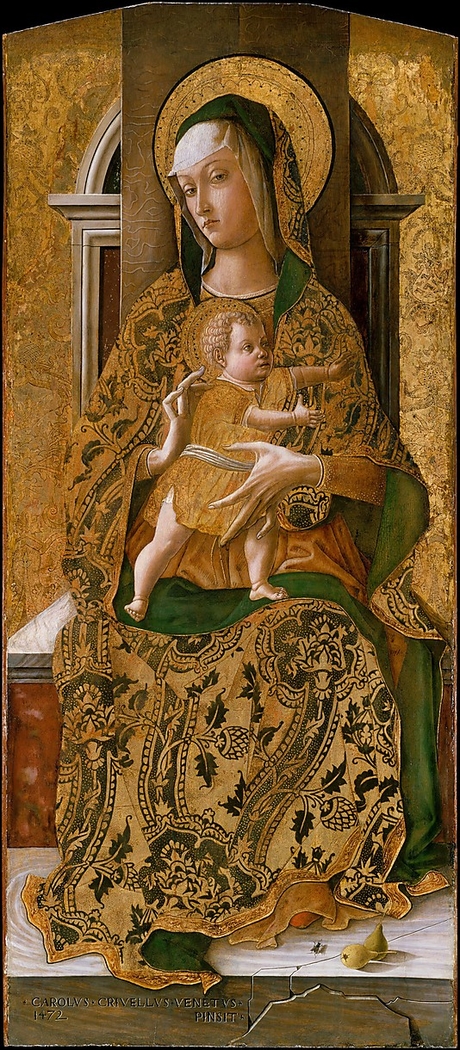
Tags
Loading...
Select from existing tags
Madonna and Child Enthroned 1472
These three panels are from an altarpiece painted for a Dominican church in the Marchigian town of Ascoli Piceno. It is possible that the child was originally shown reaching for a flying bird, his frequent attribute. The cracked marble dais is a recurrent feature of Crivelli's work. On it are two pears, symbolic of the Fall of Man, and a fly, conceivably an emblem of Satan...
- Credit:
- Courtesy of the Metropolitan Museum of Art
More from this artist...
Loading...
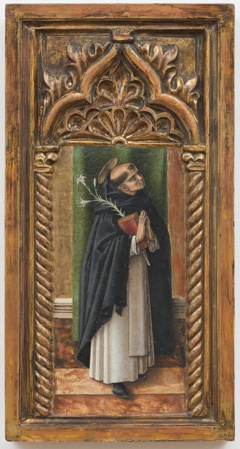



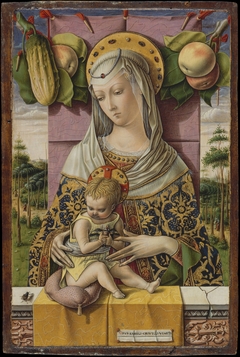
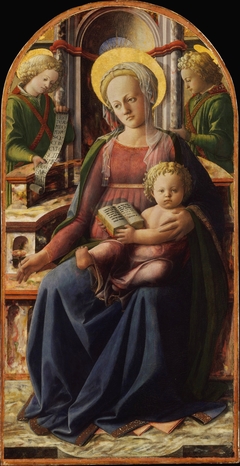
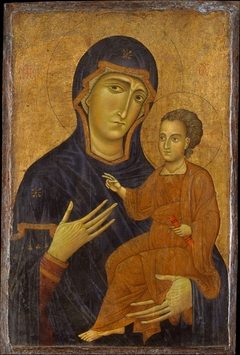
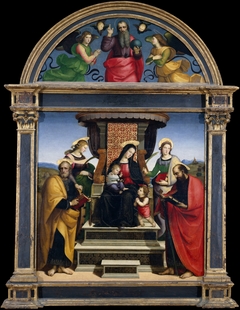
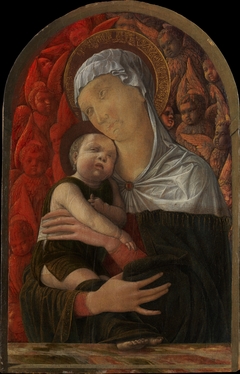
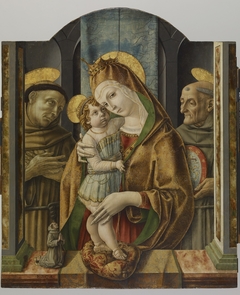
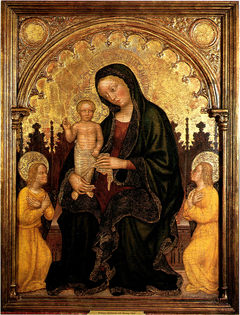
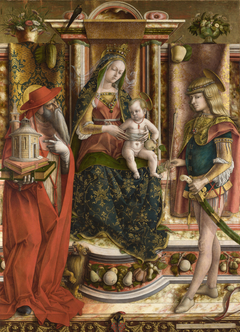
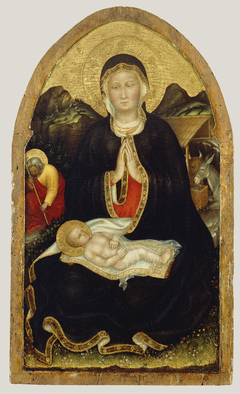
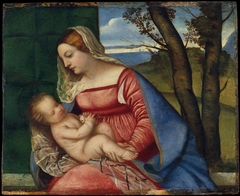
Discussion